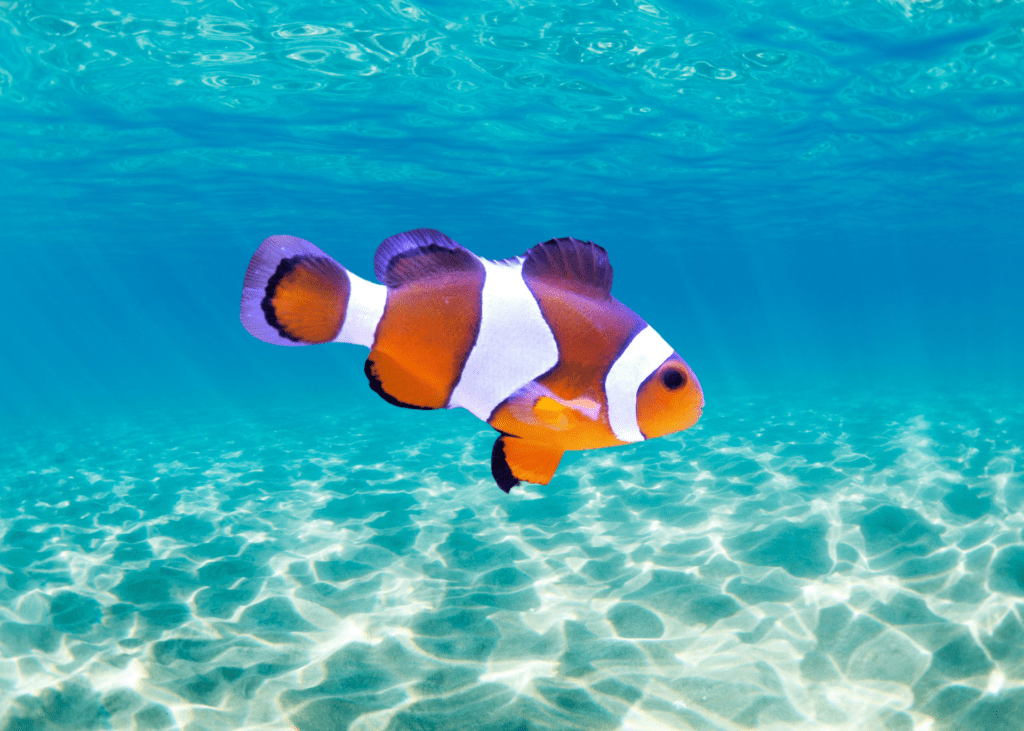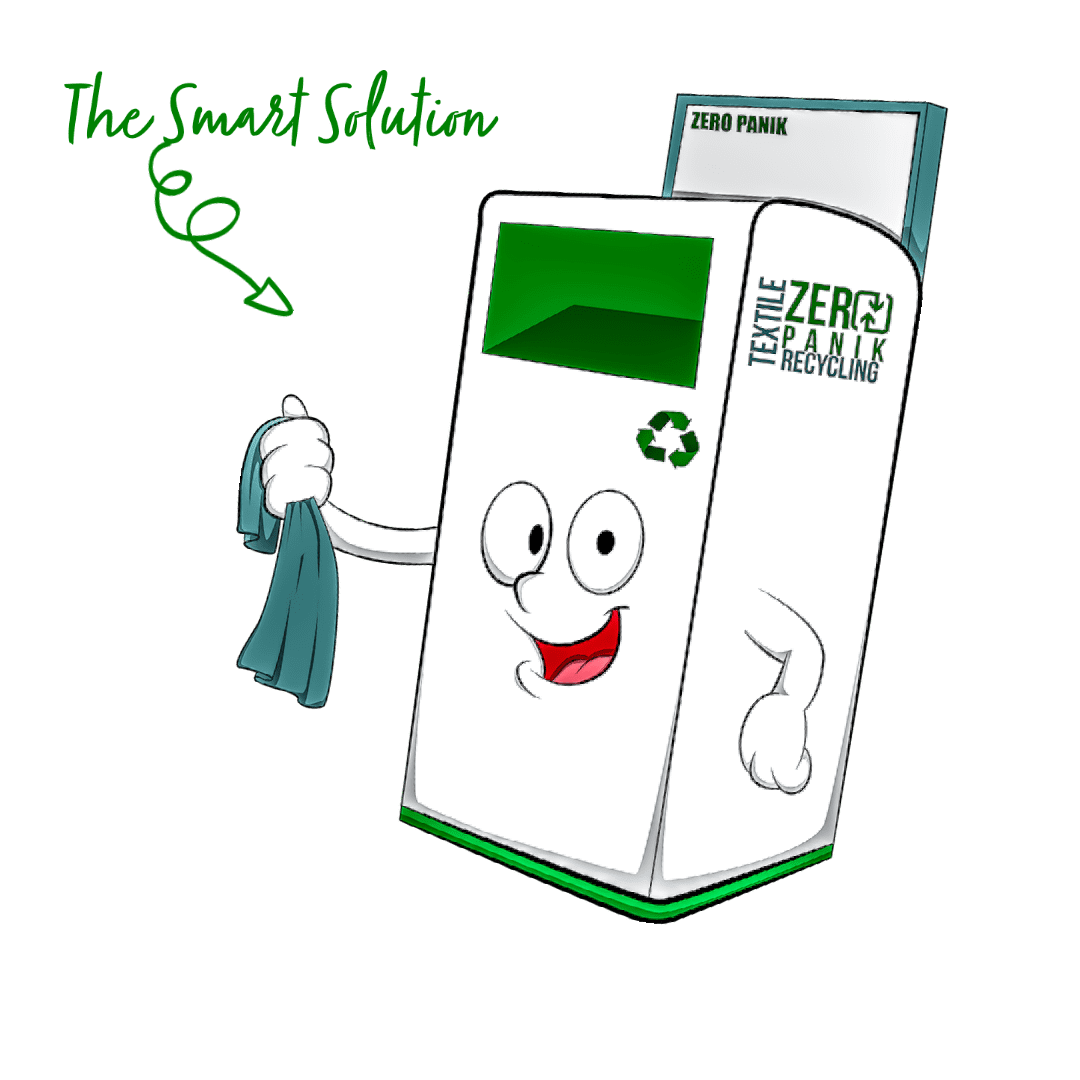
Introduction
When it comes to learning about textile waste, few sources are as profound as Disney movies. The top life lessons we can learn from these movies about textile waste are:
1. We must be willing to change our perspective in order to see the value in textile waste.
2. Textile waste can be used to create something new and beautiful.
3. We have to be careful not to be wasteful with our resources.
4. Textile waste can have a negative impact on the environment.
5. We can all play a role in reducing textile waste.
Keep reading to learn more about these important life lessons!
Disney Movies About Textile Waste
The Little Mermaid: Never Underestimate the Power of Trash
The Little Mermaid highlights a very important life lesson that can be applied to the conversation about textile waste. In the movie, Ariel is shown to be fascinated by all of the trinkets she finds in the human world, and she values them all despite the fact that she finds them in the trash. This teaches us to never underestimate the power of trash.
The movie also demonstrates that with the right creativity, textile waste can become something new and beautiful. Ariel uses her trinkets to cleverly form a dress to help transform her into a human. We can draw upon this inspiration to inform how we view and engage with textile waste.
With the right attitude, we can all make use of textile waste. Whether it is being recycled into something new and reusable or being transformed into a new design, textile waste can have value. We must be open-minded and willing to change our perspective in order to see this potential.
Toy Story: The Importance of Recycling
Disney’s Toy Story provides an important lesson about the importance of recycling in order to reduce textile waste. In the movie, Hamm the piggy bank teaches the importance of recycling to Woody and the other toys by introducing the concept of “Toy Reuse and Recycle”. Hamm encourages the toys to recycle their old toys so they can be turned into new toys, and explains that “one toy’s trash is another’s treasure”.
This is an important lesson and one that can be applied to textile waste. By recycling and reusing materials, we can create new fabrics from old ones, thereby helping to reduce the amount of textile waste being sent to landfills or burned. Recycling can help to create new and useful items from second-hand fabrics and materials, encouraging us to be more conscious of our consumption and the environmental impacts of our actions.

Finding Nemo: The Great Pacific Garbage Patch is no laughing matter
Finding Nemo also teaches an important lesson about textile waste. In the movie, Nemo and his friends discover the Great Pacific Garbage Patch and are shocked to find the sheer amount of plastic waste in the ocean. The Garbage Patch, which is estimated to be twice the size of Texas, consists mainly of plastic waste from land-based sources.
The characters in the movie try to take action to clean up the mess but are soon overwhelmed by the sheer amount of debris. This scene displays the seriousness of textile waste and emphasizes the need to reduce, reuse and recycle textiles to cut down on our waste production.
The lesson from Finding Nemo is clear: we should not take textile waste lightly. We must be conscious of how our purchases affect the environment and take steps to reduce, reuse and recycle our textiles in order to reduce pollution levels and environmental damage.
Wall-E: Consumerism is detrimental to our planet
The fifth lesson we learn from Disney movies on textile waste comes from the movie Wall-E. Wall-E is set in the future, where consumerism has taken over the world and led to pollution and environmental destruction. By exploring a world that has been devastated by consumerism and waste, Wall-E teaches us the importance of sustainable consumption.
Wall-E encourages us to think about the consequences of our consumer habits and how our choices can impact the environment for both current and future generations. Through Wall-E, we learn the importance of conserving resources, reducing waste, and recycling existing products. In Wall-E, consumerism is detrimental to our planet, and it teaches us why we must make sustainable choices in order to protect it.
Through movies such as Wall-E, Disney has done an excellent job of conveying essential life lessons about the importance of preserving our planet. By exploring the world of Disney, we can learn about the negative impacts of consumerism, the Great Pacific Garbage Patch, and the importance of reducing, reusing, and recycling our unwanted textiles.
To wrap things up
Though Disney movies may seem like a whimsical fairytales, they are surprisingly wise when it comes to the subject of sustainability. Taking the time to reflect on the lessons we have learned from these memorable Disney characters can help make the world a better place – one small step at a time.
